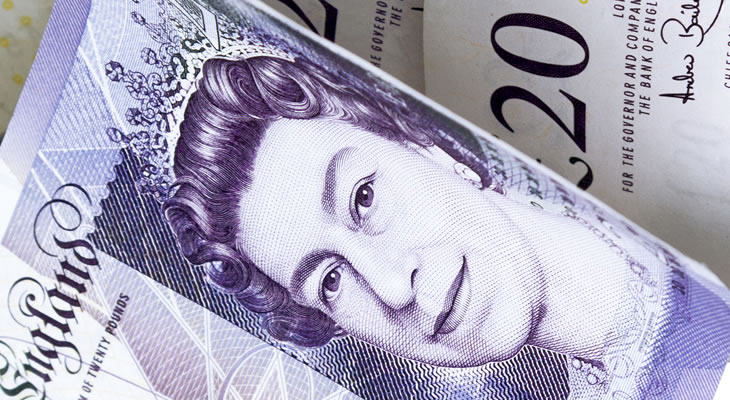The outlook for the UK economy could take another knock today if data from the Confederation of British Industry (CBI) disappoints. The Pound could fall against the US Dollar, although there may soon come a time where investor doubts return to plague the over-confident ‘Greenback’.
Today’s UK data is sparse but important. The CBI releases will show how reported and distributed retail sales fared in February; a timely release considering the battering GBP USD took last week from poor inflation, wage and sales figures.
The Pound could be set to fall further if these reports show weakening retail activity this month. Investors are already focussed on the Q1 GDP figures for 2017, even though the finalised Q4 2016 data has yet to be released.
Rising prices, slowing wage growth and signs consumers are already cutting back on their spending activities have suggested the UK’s service sector-driven economy could be set to weaken over the coming year.
As well as the latest CBI data, anything related to the retail or service sectors, as well as inflation, wage growth and consumer confidence data, will be highly scrutinised by investors.
Economists have largely argued since the referendum resulted in a shock vote for Brexit that the severe economic damage they had envisioned would still materialise, but at a later date.
Now, as the prospect of a ‘Hard Brexit’ seems more and more likely, as business hedges against weakening Sterling expire, as inflation rises and as consumers are set to see their incomes squeezed, 2017 could see the prophesised economic weakening finally materialising.
Any signs this is the case – such as weakening consumer confidence, a slowing services PMI from Markit, or worsening retail sales volumes – will pressure the Pound lower.
Data indicating the contrary, however – that the UK economy continues to defy expectations and strengthen – could support the Pound bullishly higher.
The outlook for the US economy could also create opportunities for GBP USD to appreciate. Today’s jobless claims data could complicate the outlook for the US labour market, unsettling investors awaiting news of fiscal stimulus from President Donald Trump.
The data is forecast to print positively, with continuing claims edging down last week from 2076k to 2068k and initial claims rising only marginally from 239k to 241k. Any figure below 300k for the latter is considered a sign the labour market remains strong.
Which could cause a problem for the new US administration, whose leader was elected partly due to his promises of stimulating the jobs market.
Trump promised to help unemployed and underpaid workers through a combination of increased government spending, ending trade deals that he claims kill US jobs and an aggressive approach to companies who move their operations overseas for tax and cost-saving purposes.
However, critics of his fiery campaign rhetoric have noted that, at 4.8%, unemployment is the lowest it has been since the end of 2007. A level much lower than this would be unsustainable, economists have argued.
This could throw the prospect of fiscal stimulus somewhat into disarray. While it is still entirely possible that the President will attempt to push through new spending measures, it is by no means guaranteed that they will have the result markets are banking on.
Investors expect the stimulus will boost jobs growth and wages, leading to higher consumer spending, rising inflation and, ultimately, tighter monetary policy from the Federal Reserve, which is already likely to hike interest rates twice this year regardless.
But if there are signs this extra investment is not going to have much of an impact, the US Dollar has a way to fall as traders take the prospect of more than two hikes off the table.
Therefore, oddly, it may be that signs of weakness in the US labour market are not met with the kind of dovish response they once might have been. Worsening conditions would give more room for Trump’s plans to have an impact, therefore improving the outlook for the US economy.
At the time of writing, the GBP USD exchange rate was trading around 1.24, while the USD GBP exchange rate was trending in the region of 0.80.


Comments are closed.